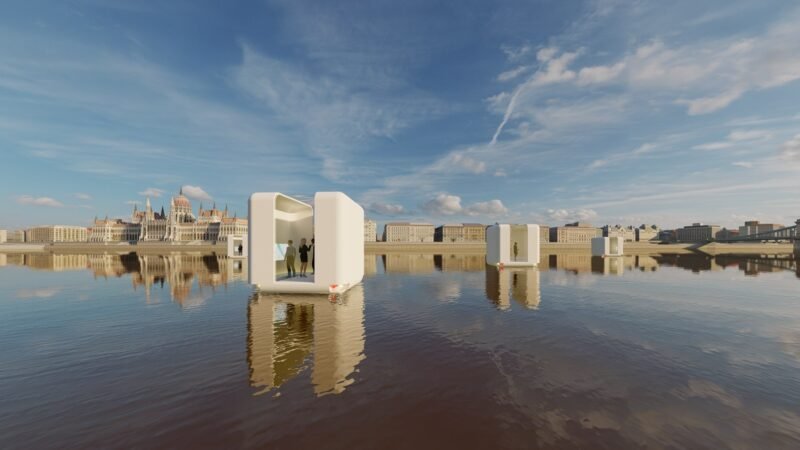Comma Wants To Turn Your Car Into An Autonomous Vehicle
Can ordinary cars become self-driving cars? Hacker George Hotz is developing open source hardware and software to do just that.
The advent of artificial intelligence might seem wonderful to some, but scary and intimidating to others. Machines are taking over many tasks that were previously assigned to people, and the same is increasingly true for cars. Google, Tesla, Apple and other car builders are competing with each other to invent and program software that functions as an advanced driver assistance system. However, developing such software is not only limited to car builders and big US companies — George Hotz, the first person to hack Apple’s iPhone, has made the same magic happen inside his garage in San Francisco, California.


Photo courtesy of Bloomberg
In Hotz’s car, the glove box is replaced with a wooden panel and a mini PC, a networking switch and GPS sensors mounted to it. He outfitted the car with a total set of six smartphone cameras, that continuously take in images from the car’s surroundings. By making use of a so-called neural net, the software interprets the driving data and learns from the driver’s choices. The more “practice” the software gets, the better and more accurate the self-driving mechanism become. The whole package will soon allow any car to become pretty much self-driving, or reach level 3 of the total 4 levels of automation in self-driving cars. That’s comparable to Tesla’s Autopilot system, but without requiring that you buy a Tesla.


The Comma One
When George Hotz wanted to initially sell his add-on, the Comma One, for $999 with a $24 monthly subscription to use the software. Hotz told TechCrunch that the system would be able to drive your car “from Mountain View to San Francisco without requiring a driver to touch the wheel, the brake or the gas.” However, the US National Highway Traffic Association expressed its concern by sending him a warning letter, he decided to just make the software publicly available via open source instead, and thus work around any costly legal consequences the product launch might have caused him and his company Comma.



The Comma coloring app enables anyone to make the system more intelligent by telling it what is what on the road
We wouldn’t be an urban blog, if we didn’t eventually turn from self-driving cars to their effect on urban development and cityscapes. A couple of century ago, then-utopian thinkers like Le Corbusier, Howard, and Wright thought up cities that featured some greenery, while nevertheless feeding right into the car-dominated American culture. Subsequently, 20th century cities were increasingly designed and planned for cars, rather than for pedestrians and cyclists. Are we facing a new era, in which we have to overthink who and what we plan our cities for? First off, self-driving cars use road and parking space much more efficiently, and would thus reduce the footprint of traffic immensely. At the same time, the technology also offers mobility to people who are not able to drive by themselves — think seniors, disabled people or children. So consequently, we would also have to expect a massive increase in traffic flows all over the world.

How the technology of self-driving cars will change the road space is probably very much dependent on how we end up managing ownership of those vehicles. Taking the current turn for the resilient sharing economy into account, a car-pooling fleet of self driving cars could even turn out to be beneficial for urban development and might even bring a positive social component with it. We are excited and curious to see how our cities will develop in the realm of artificial intelligence technology and driverless cars.



